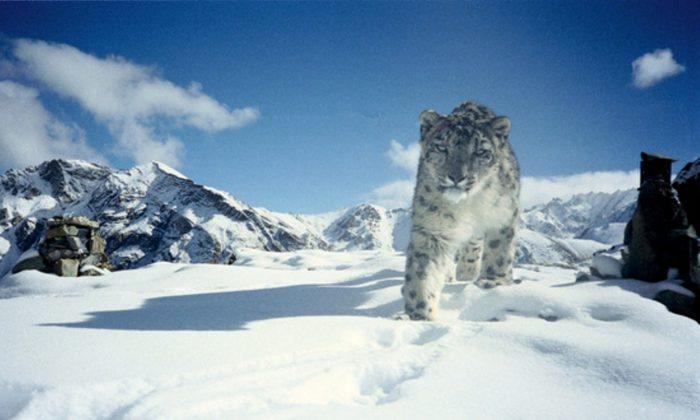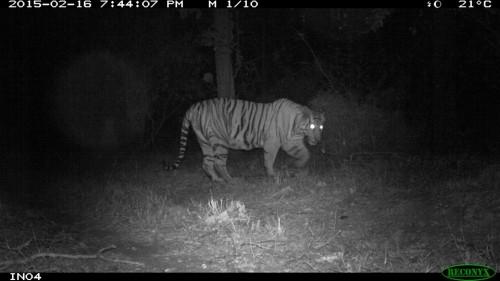Snow Leopard, one of the most elusive wild cats in the world and one of the most endangered has got the Indian government’s attention. In an effort to revive the species population a special conservation program is being drafted that will help save the species and their habitat. This is the second time in five years that such a plan has been forwarded.
Sometimes called the Ghost of the Mountains, the Snow Leopard (Panthera uncial) is classified as Endangered by the International Union for Conservation of Nature (IUCN). The wild cat is found in high altitude regions of Central Asia, including the Himalayan region in India.
Because of its shy nature, white fur acting as a good camouflage in the Snowscape, and restrictions of a high altitude habitat, the leopard is hard to spot, making it difficult for researchers to note the exact population of the animal. However, dedicated research groups and organizations believe there are about 700 snow leopards in India.
Need for Conservation
The government had chalked out a program for snow leopards in 2009 too, where conservation organizations, scientists and local experts were brought together to plan methods of saving the species. Unfortunately the ‘Project Snow Leopard’ remained a sheer plan with no actions.
But conservationists hope the plan is more concrete this time around, especially when the Himalayan ecosystem at large has faced so much environmental challenge in the last five years including landslides and the recent floods.
According to Koustubh Sharma, Indian Regional Ecologist for the Snow Leopard Trust, the Snow Leopard is an indicator species. This means that its presence in the mountains of the region ensures that the entire habitat is thriving with a good prey ratio and in turn flourishing flora. Just as the tiger is an indicator of a healthy tropical forest a snow leopard is an indicator of a healthy mountain ecosystem.
Sharma adds that the wild cat’s presence also reflects the state of the rivers originating from the mountains.
Survival Challenges
Apart from illegal trade in skin and bone of the leopard that are sold in South East Asia, the biggest challenge for the species, according to Sharma is the unplanned development that is occurring in hilly regions of India. From hydel power projects and mining, booming real estate to rapid cutting of native forests, the Indian Himalayan region is in a bad state as far as the ecology is concerned.
Also, when this particular habitat is destroyed, the entire Asian home region of the leopard is destroyed as its home gets divided into smaller patches instead of a vast, unified habitat.
“The recovery efforts cannot yield fruit until the projects are sensitively appraised for their effects on the mountain ecology. An integrated landscape-based conservation plan needs to be adopted to be effective,” said Koustubh.
Future Plans
A senior wildlife official, however gives hope that the situation is on the mend.
He said,
“The project will be in shape soon. The conservation will be a landscape-based, trans-Himalayan approach with cooperation with other habitat countries like China, Mongolia, Nepal, Bhutan, Russia and other Central Asian countries.”
Let’s hope the Snow Leopard, a charismatic creature of the mountains, is brought back from the road to extinction
This article was originally written and published by Atula Gupta, the head administrator for indiasendangered.com. For the original story and more information, please click HERE.




